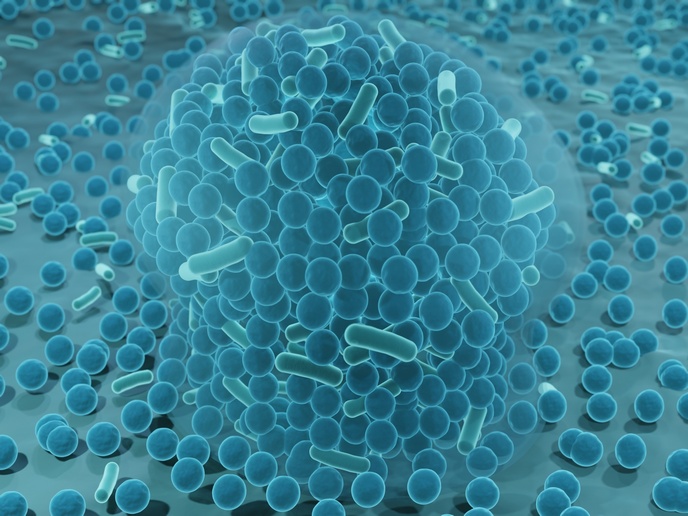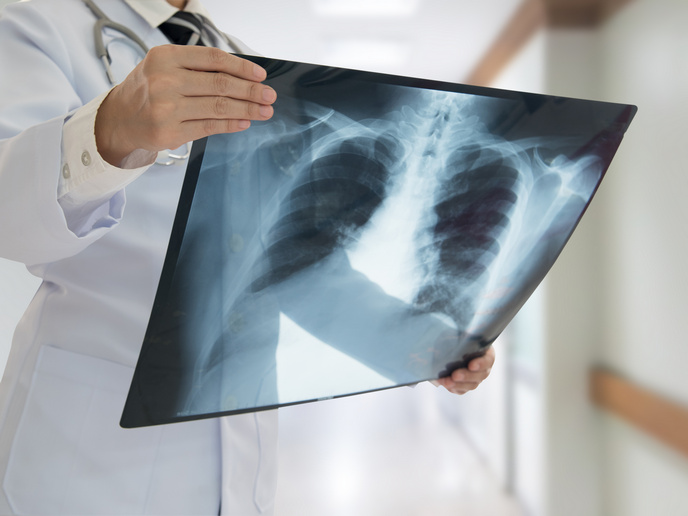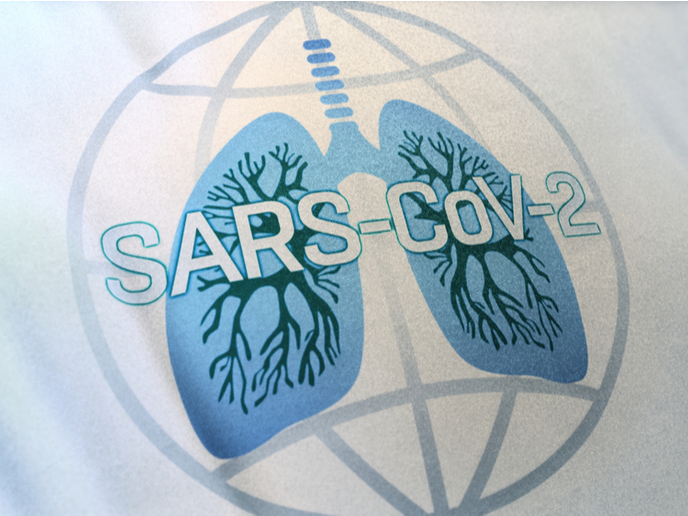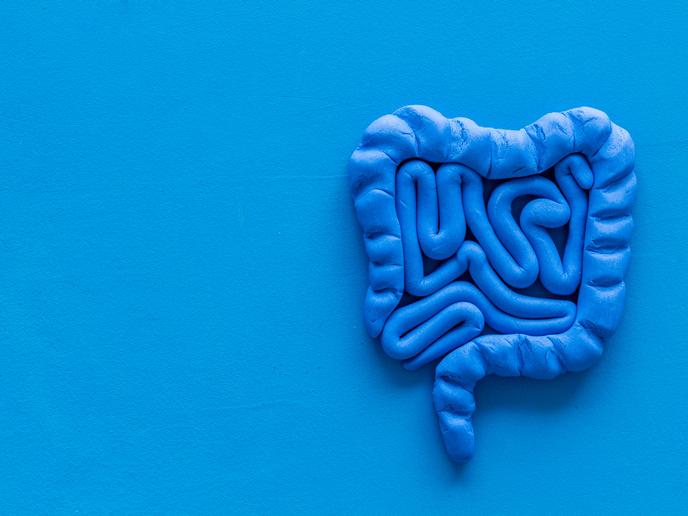Deciphering the formation of cooperative multicellular biofilms
While we tend to think of bacteria as unicellular organisms, intriguingly, most bacteria opt for a multicellular lifestyle in the form of biofilms. As Petya Krasteva says, these are essentially bacterial cities whose scaffold and ramparts are built from secreted polymers such as exopolysaccharides. “What this means is that bacteria can achieve a relatively constant environment. They can protect themselves from noxious external factors, including host immune responses, and can engage in division of labour,” says Krasteva, group leader of the Structural Biology of Biofilms team, at the European Institute of Chemistry and Biology (IECB). Bacteria within biofilms can actually conduct a macrocolony census. When they reach a quorum large enough to override the host’s immune system, they can time their expression of virulent genes and colonise new surfaces. “Dispersing the pathogenic crowds or preventing bacteria from forming multicellular communities in the first place, can provide an alternative strategy to traditional antibiotics, when it comes to counteracting the emergence and spread of ‘superbugs’,” explains Krasteva, who led the BioMatrix project with support from the European Research Council (ERC).
Deciphering some bacterial cells’ sensing and secretion processes
The walls and ramparts of the bacterial macrocolonies are built of secreted polymers. These are usually exopolysaccharides (very long sugars of varied complexity), but also protein-based fibres and even a type of extracellular DNA. Krasteva points out: “These are extremely resistant macromolecules: think for example of cellulose that we have used for millennia to build our buildings or make heavy-duty clothes!” While the secretion of these various polymers are very complex developmental processes, many of them are activated by a single intracellular second messenger, the cyclic dinucleotide c-di-GMP. The BioMatrix project focused on deciphering how some of these c-di-GMP-sensing and polymer secretion processes are carried out in the bacterial cell, and how this leads to the formation of cooperative multicellular biofilms with complex architecture.
Retro-engineering bacterial films to probe for weak points
The team primarily used cryo-electron microscopy and X-ray crystallography to capture high-resolution snapshots of the encoded proteins and protein complexes. These would provide them with what is, in essence, a detailed molecular blueprint of the studied bacterial nanomachine. Then it’s a case of retro-engineering. “In the best-case scenario we have both the global architecture of the machinery and a detailed parts list of what enters into it, so from there on it becomes a bit of an auto mechanic’s approach of disassembling and rebuilding an engine to know exactly how it works and, more importantly, what is essential to its function,” notes Krasteva.
Disrupting the mechanism of bacterial film development
Importantly, the identification of key parts such as a single amino acid in a protein’s active site, an interface between subunits in a larger complex, or a regulatory motif on the bacterial chromosome – can be used as a highly specific target for the design of compounds to disrupt activity. The ERC grant allowed the project to move their lab to a better equipped institute where they had direct access to state-of-the-art infrastructure. This allowed them to successfully pursue targets that were originally out of scope. “It also enabled me to recruit many early-career scientists. Many of the main findings were driven by remarkable women in science – at the undergrad, PhD and postdoctoral levels – and, as a woman among an almost exclusively male faculty myself, I am extremely proud to have motivated and mentored them,” Krasteva adds.
Keywords
BioMatrix, bacteria, colonise, biofilms, multicellular, immune responses, cyclic dinucleotide c-di-GMP, antibiotic resistance







